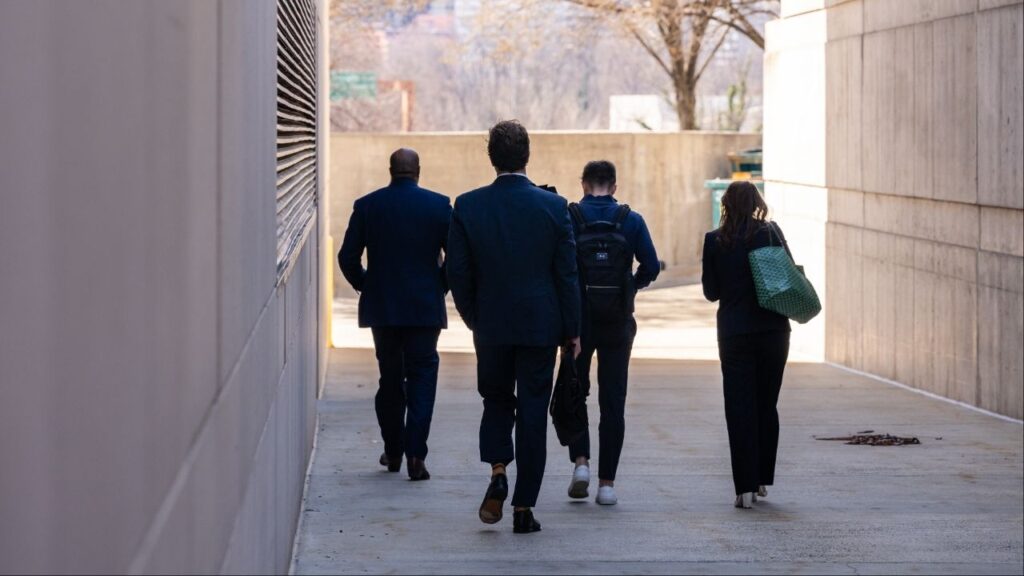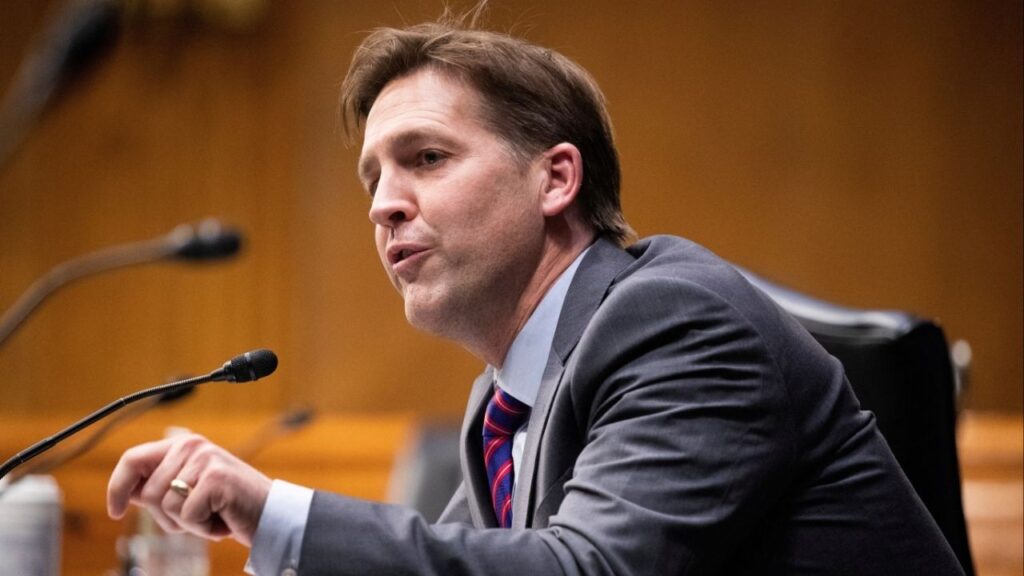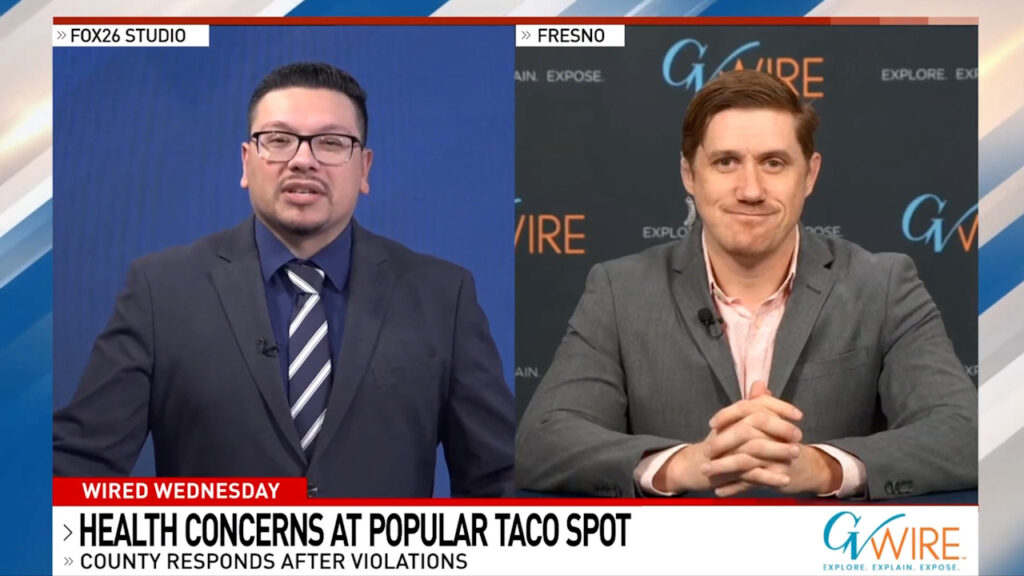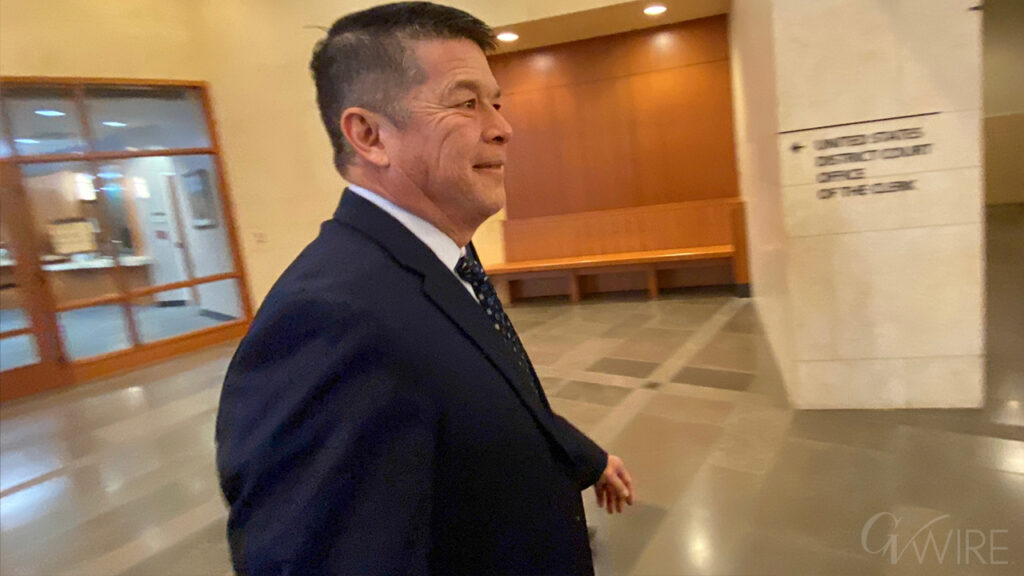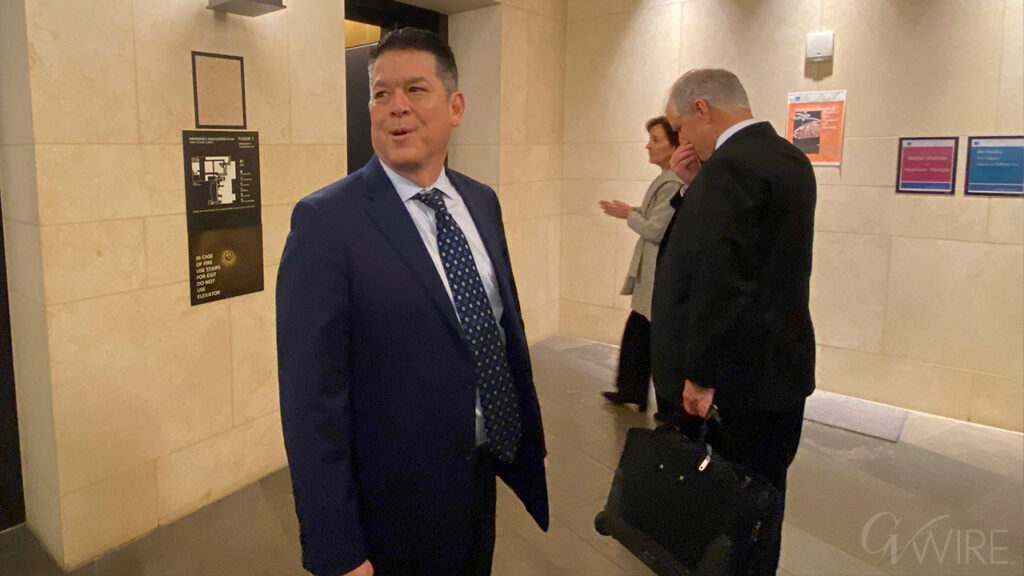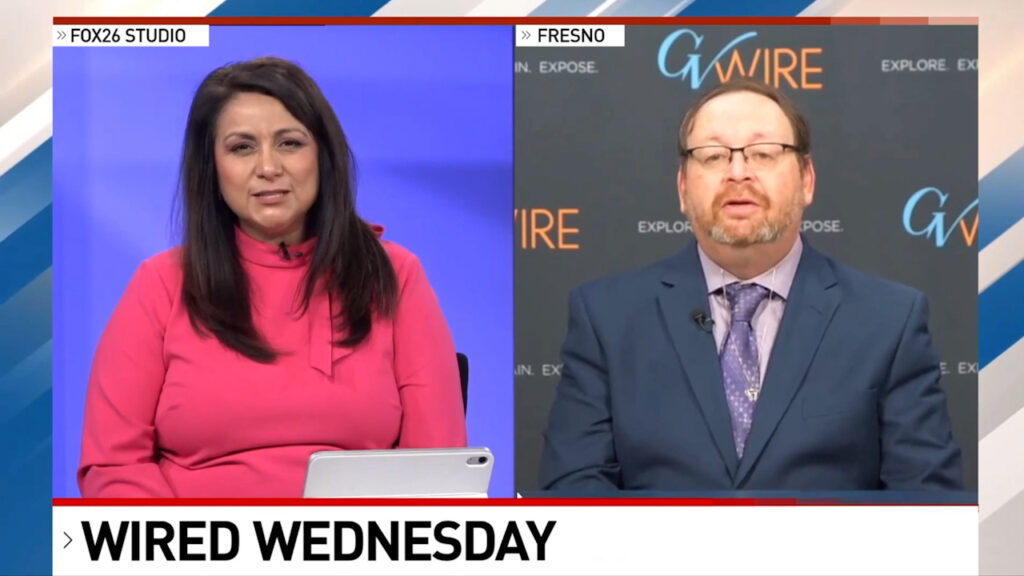Share
California has poured tens of billions of additional dollars into its public schools this decade on the assumption – or hope – that they would close the state’s stubborn academic “achievement gap.”

Opinion
Dan Walters
CALmatters Commentary
Brown, however, was unwilling for the state to closely monitor how those billions of dollars were spent, or whether they had at least begun to close the gap. He said he trusted local school boards and educators to spend the money responsibly and effectively.
There’s almost no evidence that the statewide gap has narrowed, but we may finally get some real data on how the LCFF money has been spent and whether it’s accomplishing its stated purpose.
The Legislature has given State Auditor Elaine Howle the task of delving into how LCFF is working in “three large, geographically dispersed districts” with substantial numbers of at-risk students, determining how the districts are spending the extra money and how they are measuring their progress.
The Most Frustrating Aspect of California’s Achievement Gap
Meanwhile, Brown’s successor, Gavin Newsom, wants to create a system of collecting “longitudinal education data” that will “provide a clear picture of how students advance from early childhood education programs through K-12 schools to postsecondary education and into the workforce.”
Sen. Steve Glazer, an Orinda Democrat, is carrying legislation, Senate Bill 2, to create the data system Newsom supports and it’s cleared its first committee hearing.
“It would include reforms to be monitored, gaps in the education system to be identified, and specific changes to be made,” Glazer told the Senate Education Committee. “In addition, these systems would enable decision-makers to develop an early detection system that would trigger interventions when needed and a placement system that would better assign students into appropriate courses in high school and college.”
The state audit and a new data system could shed light on the most frustrating aspect of California’s achievement gap – why it’s so wide in some local school systems but much narrower, or even non-existent, in others with equally daunting socioeconomic profiles.
A recent article in the Fresno Bee highlighted the remarkable achievement in the Cutler-Orosi Joint Unified School District, which serves two small San Joaquin Valley farm towns.
The Bee notes that “the district has the third-highest rate of poverty of any unified school district in California, a factor repeatedly linked to low test scores, high dropout rates and more.” The district’s students come mostly from farmworker families, many of them with undocumented immigrant parents.
District Received Nearly $13 Million in Extra Funds Under LCFF
However, “in spite of these factors, the district’s high school produces graduates who are ready for college at rates comparable to schools with half as many students living in poverty…” the Bee found. It quoted Superintendent Yolanda Valdez as saying, “We want to be the place where people come and see what poor kids can do when given opportunity,” she said. “Poverty is not an excuse.”
Cutler-Orosi isn’t alone. Other poverty-stricken districts, especially those in rural farm towns, have had similarly remarkable records of academic achievement.
They prove that poor kids can learn. Perhaps the new accountability systems will point the way to replicating their success in districts, especially big urban districts, that have shown abysmal results to date.
CALmatters is a public interest journalism venture committed to explaining how California’s state Capitol works and why it matters. For more stories by Dan Walters, go to calmatters.org/commentary.
[activecampaign form=19]
Categories

S&P Poised for Record Close as Growth Stocks Gain
